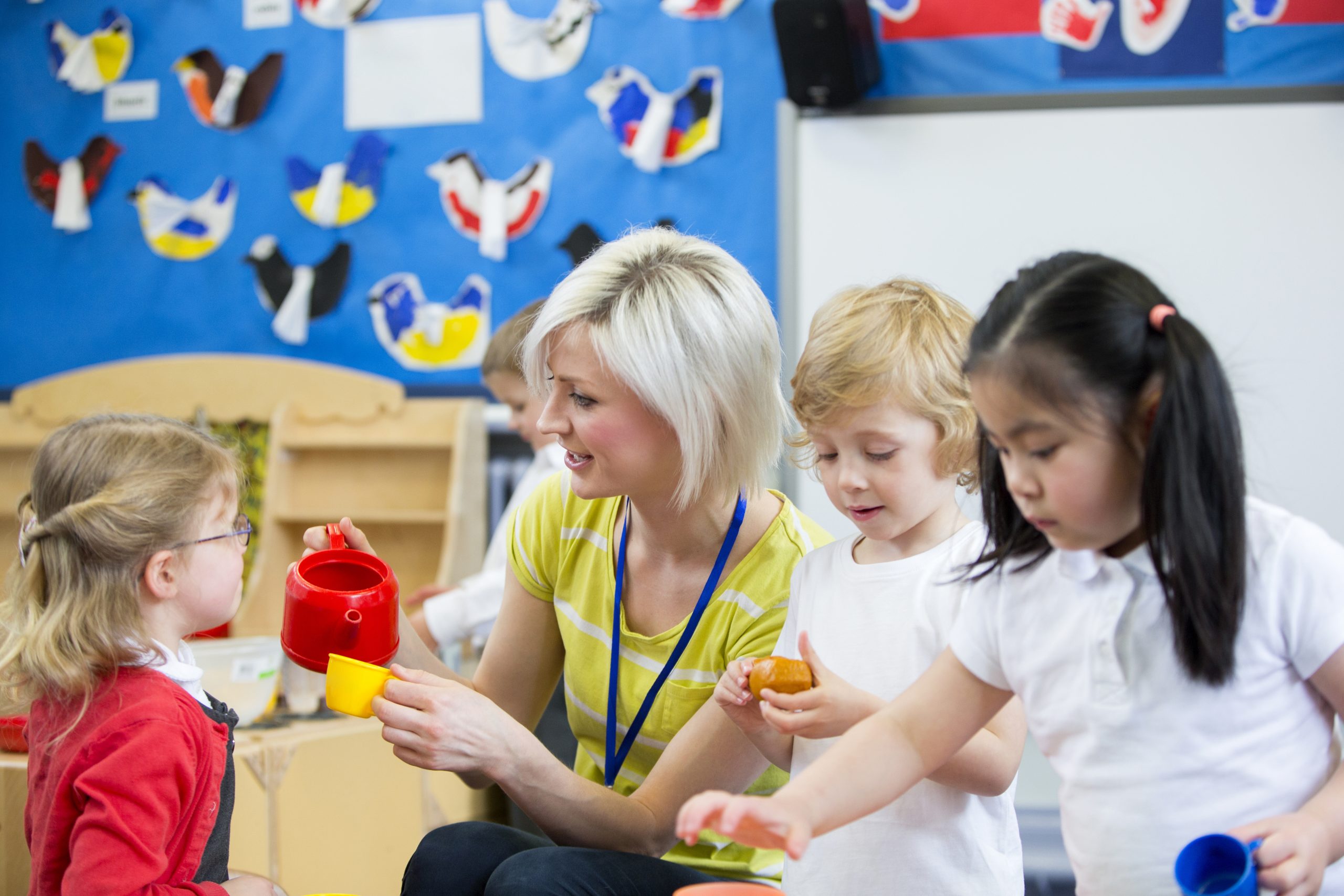Wellbeing is more than just mental health. It encompasses physical wellness, a sense of belonging, social inclusion and basic needs such as food, safety and shelter. If we consider this broader sense of wellbeing it becomes clear we must consider it to for our pupils to achieve and be successful. But what does wellbeing look like in schools and how can we meet the needs of our pupils?
“The true measure of a nation’s standing is how well it attends to its children – their health and safety, their material security, their education and socialization, and their sense of being loved, valued, and included in the families and societies into which they are born.” – UNICEF
Wellbeing in a modern curriculum
PSHE education can play an important role in supporting wellbeing. Covering wide-ranging topics such as nutrition, sun safety, healthy friendships and self-respect allows pupils to gain essential life skills that can support them not only now but in the future as well. A spiral curriculum that develops skills and knowledge can ensure that wellbeing is considered holistically rather than purely emotionally. Equipping pupils with the understanding that diet and movement plays a part in social and emotional wellbeing helps them to explore the self-care activities that work for them.
Increasingly, I have heard of schools enforcing after-school mindfulness sessions for staff. Some may find this a supportive tool, but for others it can also be a source of stress or anxiety; staff may have preferred to go home to their own source of self-care, such as hobbies, family, reading or socialising. This is the same for the pupils too; a range of options can be a great way to help them discover the things that make them feel good.
The home-school partnership
As teachers we understand the power of strong home-school partnerships. Setting homework that supports new experiences, taking time out and finding joy in the outdoors not only helps to support pupil wellbeing but can be eye-opening for parents and carers as well. Some homework examples might include self-care bingo, a nature walk reflection, yoga, decluttering or baking.
Having a choice of homework opportunities takes away the prescriptive approach to wellbeing. Each pupil can explore what works for them, and their family if they want to get involved too. Remember that it’s important that the activities are accessible for all and don’t require expensive resources or ingredients.
Emotional literacy and personal development
In order to support mental wellbeing, pupils need to have opportunities to develop their emotional literacy. This means being able to identify and manage their emotions and feelings. Not only can this support pupils to become aware of how they feel at different times of their lives, but it can also be supportive when they are navigating relationships, fall-outs with friends and empathy for others.
At primary, emojis can be a great way to encourage emotional literacy in an inclusive way. Getting pupils to choose emoji stickers when reading to show how characters might be feeling at different points in the story can be a great way to identify or label emotions. Simple matching games that link emotion words to facial expressions or creating a sudoku puzzle from emoji faces can also develop pupils’ emotional literacy in a fun way. For older pupils, some examples might include journaling, active listening skills activities and exploring body language. The Collins wellbeing activity packs are a good place to start – download yours at collins.co.uk/wellbeing.
It is important for pupils to consider physical emotions as well and how they make their bodies feel and change. For example, sometimes when people feel embarrassed their cheeks might feel warmer and blush. When they feel angry, they might feel their heart beating faster. Try asking them to identify examples from stories or scenarios if they don’t feel ready to share their own experiences.
Inclusion in the classroom
As social creatures it’s no surprise that a sense of belonging is an important factor in our wellbeing. Creating a classroom that is inclusive for all can be an essential part of wellbeing for pupils. Taking part in pupil feedback, group work, discussion based on co-created ground rules and being welcomed at the door in the morning are all good examples of the ways in which an inclusive classroom can help every pupil to feel they are valued, empowered and respected. Citizenship education can also support social inclusion and wellbeing by introducing the idea of working together for a common cause. Is there a school-wide or community project that encourages pupils to develop their local area or their connections to others?
In order for any wellbeing approach to be truly effective for pupils, we need to consider it in a holistic way and get all stakeholders on board – from the pupils themselves, to parent/carers, governors, community figures, supervisory staff, multi-agency workers and many more. A whole-school approach to wellbeing must be more than a tokenistic offer and should instead address wellbeing by considering student voice, policy development, curriculum design and pastoral care.
Healthy, happy pupils are the goal!
Victoria Pugh is a senior lecturer at the University of Worcester, specialising in PSHE and RSE. She has 15 years of experience in early years, primary and secondary education including UK and international curricula. She is the series editor of My Life, an award-winning, great value series of PSHE resources for primary settings.



